
There was a time when we planted a lot of trees, but then, all of a sudden, we stopped.
That needs to change quickly if New Zealand plans to meet its climate change targets.
Failing to plant billions of trees over the coming decades would be an expensive mistake and may require us to meet the shortfall for any excess carbon dioxide (CO2) we’ve failed to offset, likely by buying costly international carbon credits.
It’s easier said than done. Planting trees is a unique policy challenge, despite the fact that nearly everyone agrees that it’s a good thing to do.
The benefits of planting trees are both uncontroversial and extensive. Trees limit nutrients getting into waterways, and when planted on erodible land, they stop mud slipping into rivers and lakes.
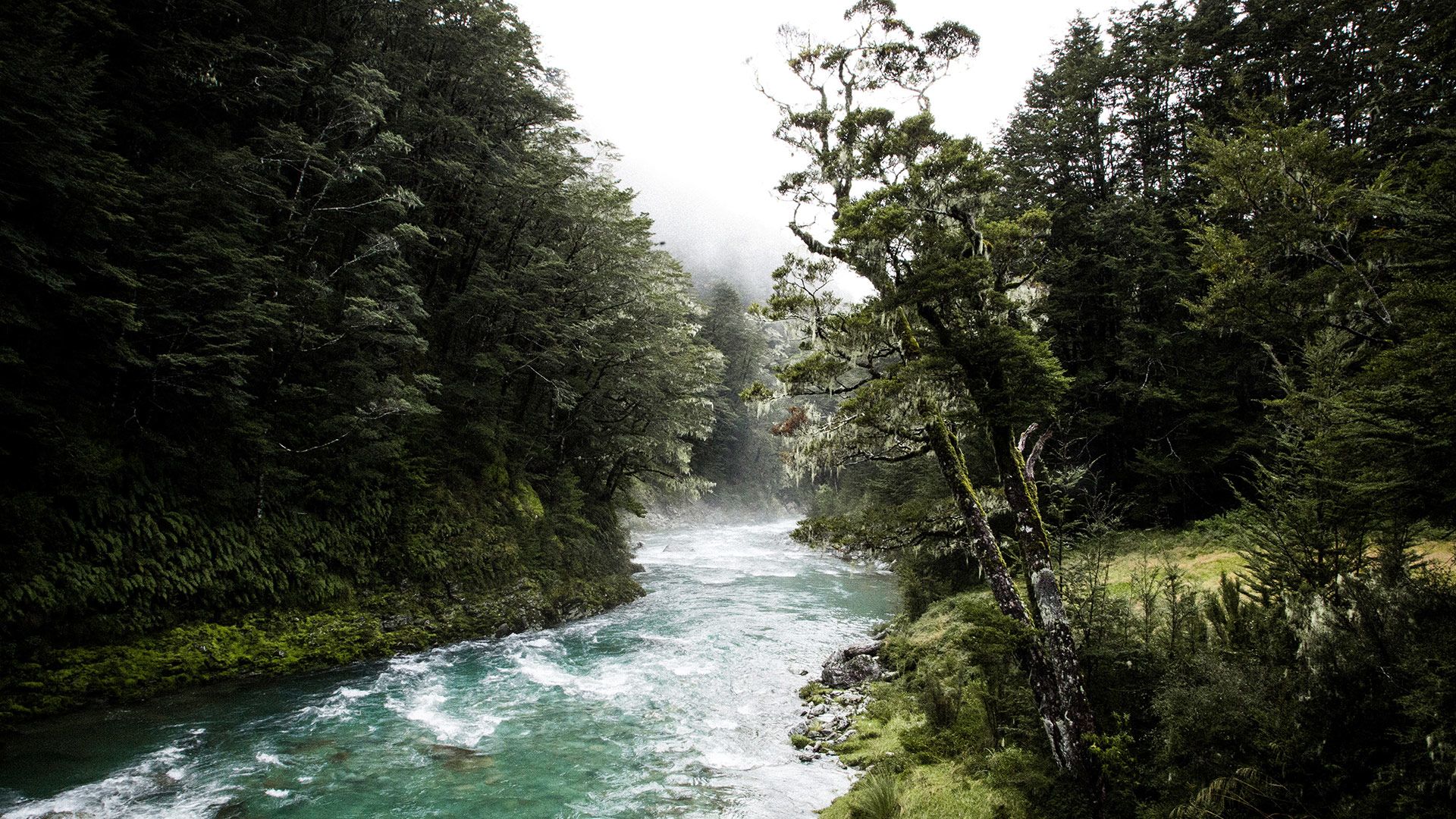

They’re a home for birds, beetles, and other species; they provide the oxygen that we breathe.
These things are called ecosystem services, and one of the most important of these services trees provide is a capacity to store atmospheric CO2.
Higher concentrations of CO2 in the atmosphere is a major contributor to positive radiative forcing, the phenomenon that is causing temperatures to rise.
In its recent report on limiting global heating to less than 1.5C above pre-industrial levels, the Intergovernmental Panel on Climate Change (IPCC) outlined several ways to get there.
Nearly all of them involved some degree of “negative emissions”. That means we can’t just stop adding CO2 to the atmosphere, we need to start taking it out, too.
Far into the future, new technology may make that possible on a wider scale. For now, we only have one reliable way to do it, albeit for only temporary periods: Planting trees.
It sounds easy, but there are a lot of complicating factors, particularly in New Zealand, which has a landscape well suited for trees but a human population that excels at cutting them down, not so much at planting them.
Whether we do or don’t meet our climate change commitments depends largely on this question: How much CO2 can we store in trees by the time our carbon bill falls due?

First, a summary:
Where are we now?

New Zealand has a lot of trees, but far fewer than it used to.
Around one third of the country is forested, compared to around 80 per cent prior to human colonisation.
Much of that forest is on the South Island’s West Coast, in the form of mature native trees.

These forests store an astonishing amount of CO2. New Zealand’s indigenous forests are storing an estimated 1.7 billion tonnes of carbon (or around 6.5 billion tonnes of CO2) the equivalent of 80 years of New Zealand’s greenhouse gas emissions, or 13 per cent of the world’s annual greenhouse gas footprint.
It would take three billion cars, each driven for a year, to produce that quantity of CO2.
If those trees weren’t there, that CO2 would be in the atmosphere, warming the climate for centuries.
There is a problem, however: Most of those trees are fully-grown, and the forests, as a whole, are no longer net absorbers of CO2. They’ve reached an equilibrium - the tiny amount they grow is offset by decay.
Our mature native forests are a massive CO2 store, but their job is done; that particular CO2 piggy bank is full.
While most of New Zealand’s forest land is native, about 20 per cent of the total is planted.

This amounts to around 1.7m hectares, nearly all of which is planted in pinus radiata, one of the world’s most commonly planted tree species.
With existing native forest mostly out of the question, these newer, mostly exotic forests have more to offer us when it comes to policy.
Because these trees are in plantations, it means the owner will at some point want to derive a profit. This usually means cutting the trees down and selling the wood, either as logs or as pulp.
Wood products are New Zealand’s third most valuable export commodity, behind dairy and meat. Most of it is in the form of logs, which we send to China.
There are many tree species that can be planted for lumber, but there’s a reason why pinus radiata is the most common.
They can grow almost anywhere, and they’re highly resistant to environmental pressures. In fact, the species grows far more prolifically here then it does in its native range, in California, for reasons that are still unclear.
This is the first, and likely the most significant, tree question New Zealand faces. How much pinus radiata is too much?
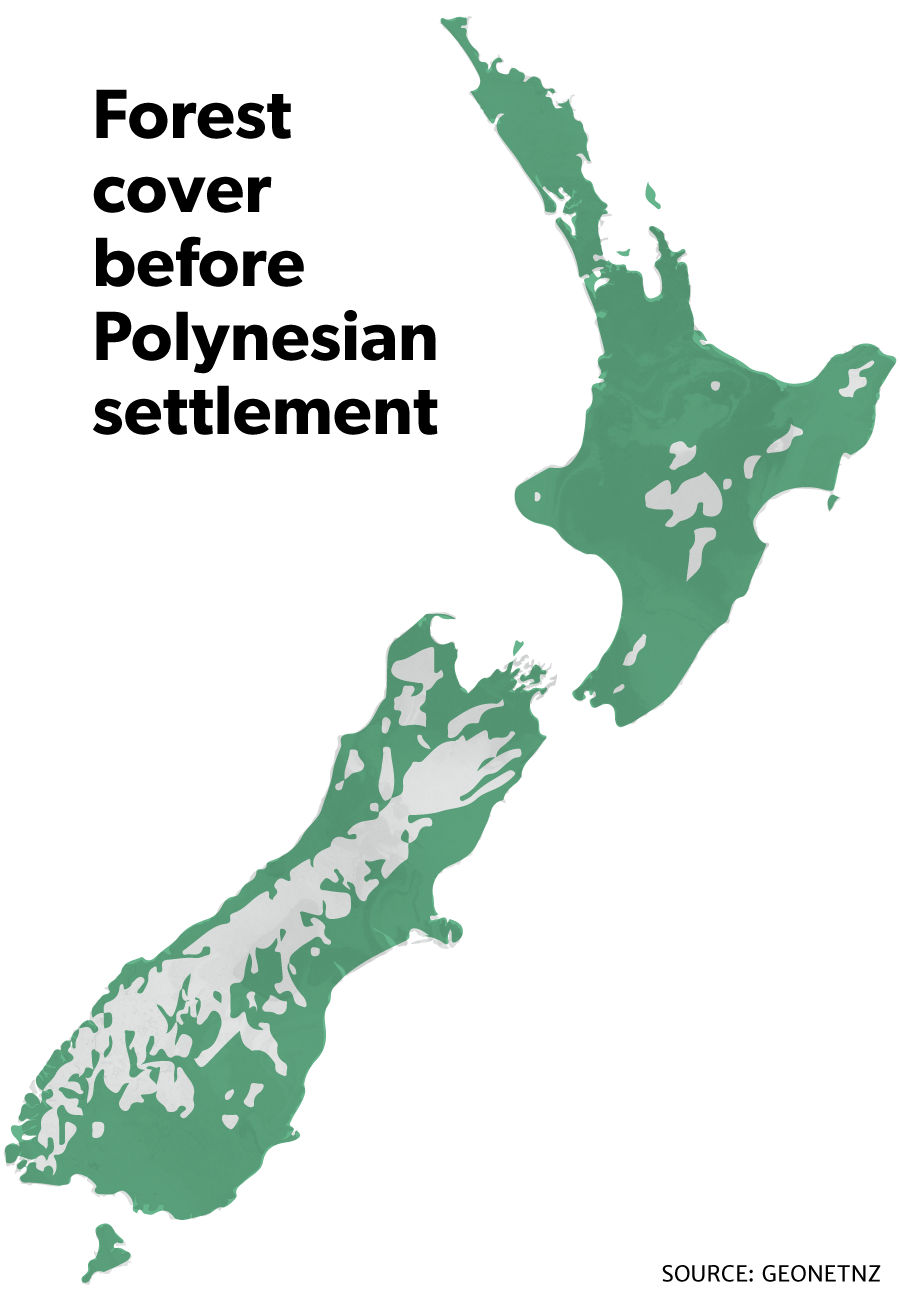
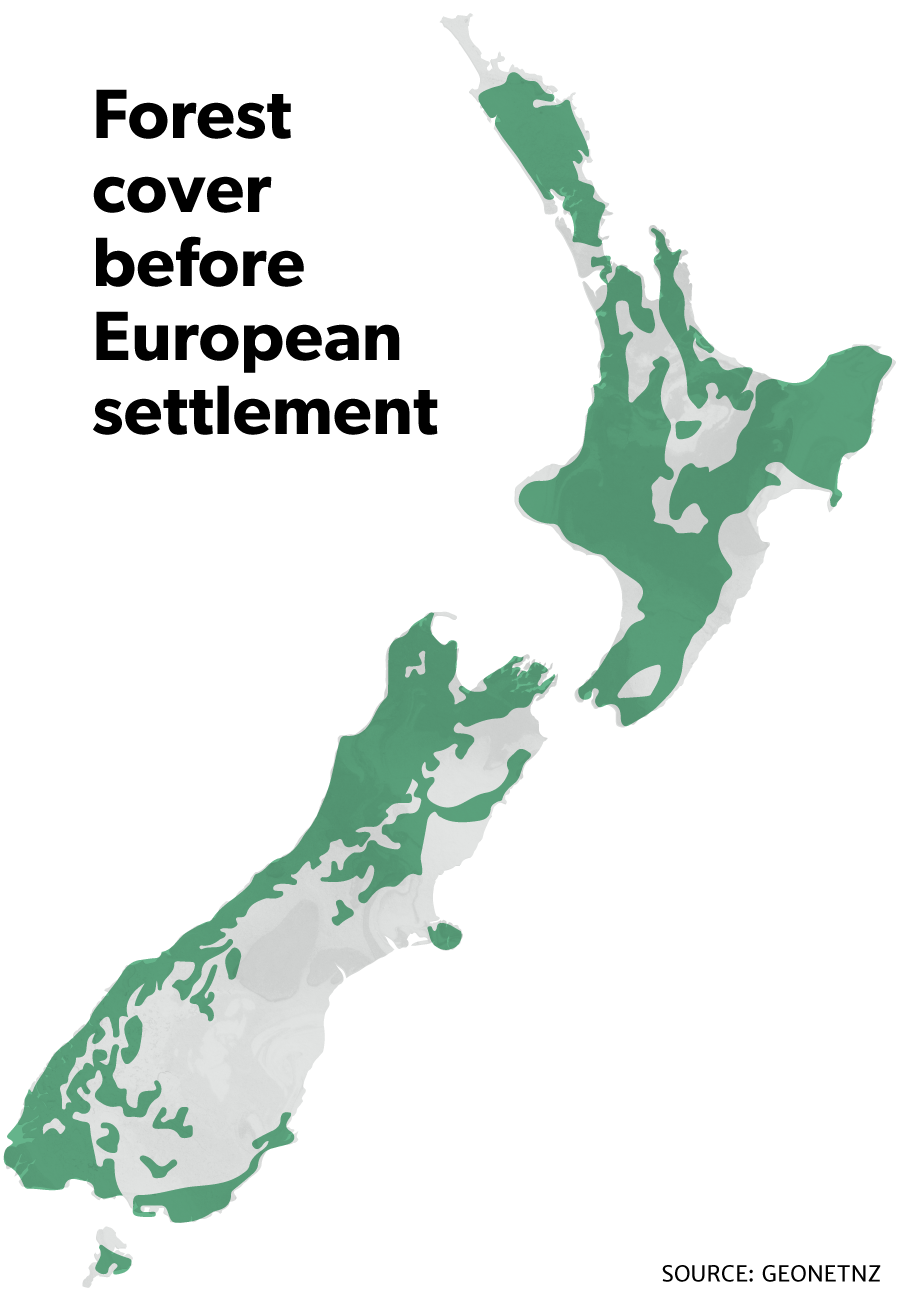

The benefits of pine

When it comes to the climate, pines have two major points in their favour - they suck up CO2 quickly, and they’re cheap to plant.
Unlike our native trees, pinus radiata grow quickly, which means they sequester a lot of CO2.
Nearly all plantation pines in New Zealand are harvested between the ages of 25 and 34 years old, but the average is around 28.
At this stage in its life, a pine tree will be nearly fully grown. Unlike some trees, which will keep growing for hundreds of years, pines reach full size in 40 years, and start to die off well before they reach 100.
How much carbon do pines store? A lot.
A 28-year-old pine forest will store around 700 tonnes of CO2 per hectare, on average, according to the look-up tables used by the Government to calculate entitlements under the Emissions Trading Scheme (ETS).
These figures are rough estimates, and vary significantly depending on where the tree is planted.
In Canterbury, a 28-year-old pine forest will have stored around 515t of carbon dioxide per hectare, while in Gisborne, that same forest would have stored around 807t, a difference of more than 50 per cent.
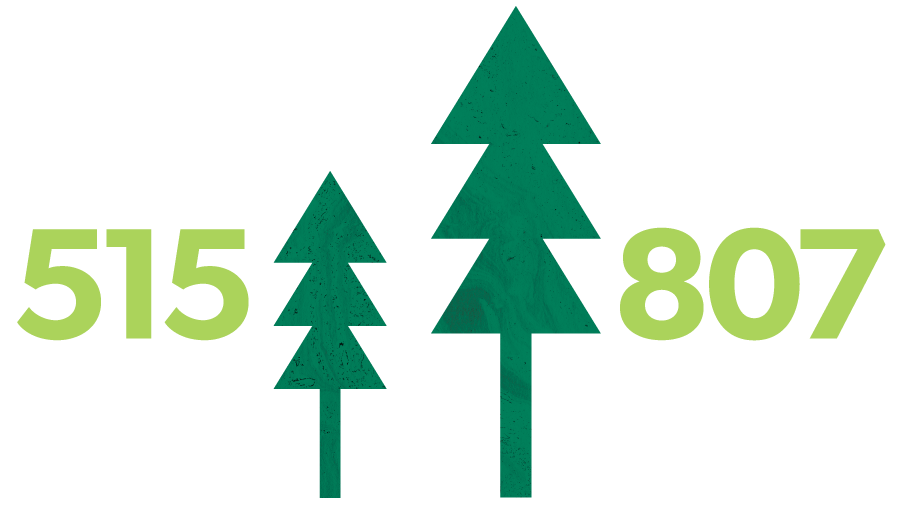
Pine forest CO2 storage capabilities.
Pine forest CO2 storage capabilities.
It’s largely because trees grow faster in places with fertile soil.
That applies to most of the North Island, but particularly so to the likes of the East Cape and Northland, where many of the country’s pines are planted.
That number doesn’t mean much without context. What does a tonne of CO2 look like?
The average New Zealander, for example, emits around 8t of CO2 a year (when including other greenhouse gases, such as methane, that figure doubles). That means one hectare of pinus radiata forest is, on average, carrying the annual CO2 load of around 85 people.

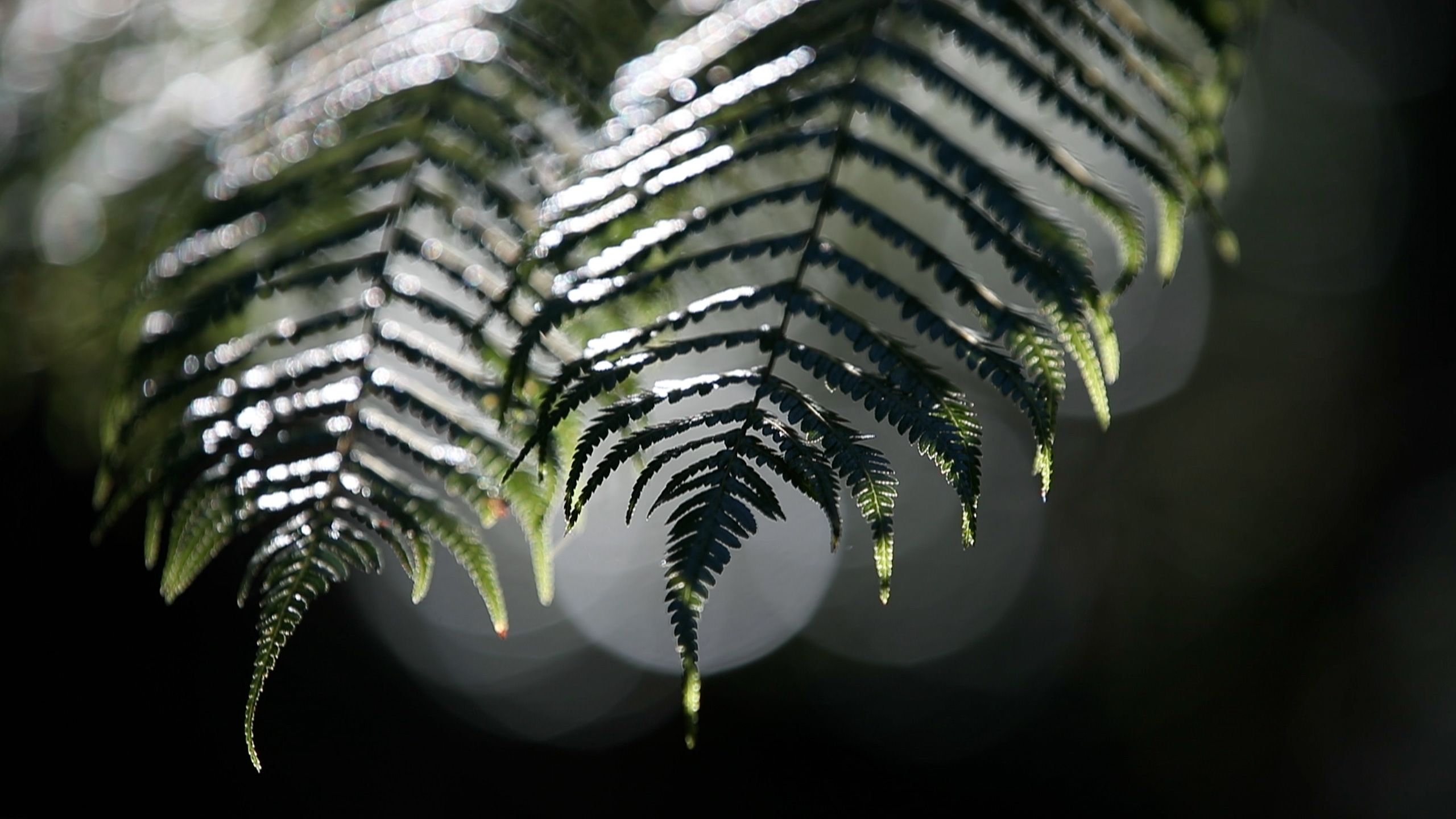
It doesn’t sound like a lot, but let’s compare pine to other tree species


A 28-year-old Totara forest's carbon sequestration.
A 28-year-old Totara forest's carbon sequestration.

A 28-year-old pine forest's carbon sequestration.
A 28-year-old pine forest's carbon sequestration.
New Zealand’s indigenous trees have many, many benefits, but quickly absorbing CO2 is not one of them.
That’s because they grow slowly, and tend to live for a long time. On average, indigenous forest will reach maturity - and thus, their peak CO2 storage capacity - after hundreds of years.
A useful comparison to pinus radiata is totara, a native species which is fairly easy to plant.
A 28-year-old totara forest will, on average, store around 240t of CO2 per hectare, around a third of an equivalent pine plantation.

A 28-year-old Totara forest's carbon sequestration.

A 28-year-old pine forest's carbon sequestration.
The advantage of totara is that they live for an incredibly long time. Their life expectancy can be as long as 1000 years.
Data from two groups of totara trees in Northland, each of which was 102 years old, found one was storing around 1300t of CO2 per hectare, and the other was storing 1700t of CO2 per hectare.
Think of pine trees as the hare, and totara and other indigenous species as the tortoise.
Over the long run, the tortoise wins.
But when it comes to climate change, time is not on our side. Under the Paris agreement, New Zealand needs to meet an emissions reduction target by 2030, not 2330.
This 2030 target will be challenging. It requires greenhouse gas emissions to be 30 per cent lower than 2005 levels. The maths is complicated, but based on recent projections, New Zealand is on track to go around 200Mt of greenhouse gases over budget, nearly three years worth of emissions.
Meeting that agreement will need a combination of three things: Reducing emissions, offsetting emissions with trees, and buying international carbon units.
The easiest of those is to plant trees, particularly pinus radiata, one of the few species that grows quickly enough to store a meaningful amount of CO2 in the space of 10 years.
There’s one glaringly obvious problem with pine

When a forest is cut down, much of the stored CO2 is immediately released into the atmosphere. This is an obvious problem when your goal is to keep CO2 out of the atmosphere.
But not all of the CO2 held within the forest will immediately enter the atmosphere.
Some of it will stay in what’s left behind - the roots, logs, and other biomass - which decays over time, slowly releasing its stored CO2.
Some of the CO2 will also stay in the timber produced from the trees. How quickly that CO2 ends up in the atmosphere depends on what the wood is used for: if it is burned, it will get there quickly, but if it’s used to build a house, or furniture, it could take many decades.
In most cases, the harvested forest will be replanted, starting the process again. As it grows, it will eventually store as much carbon as the one it replaced, after a moderate delay.

The amount of carbon dioxide accumulated by establishing a hectare of radiata pine forest and replanting it after each harvest.
The amount of carbon dioxide accumulated by establishing a hectare of radiata pine forest and replanting it after each harvest.
Modelling shows that over a pine plantation’s lifespan, it will average around 600t of CO2 storage per hectare, with peaks and troughs in between due to the harvesting cycle.
But a pine forest will eventually die, or its owner will move on. Using forests as carbon offsets is like buying something on a credit card: You don’t have to pay up immediately but the cost of that carbon storage will eventually fall due.

So do we plant tortoises, or hares?
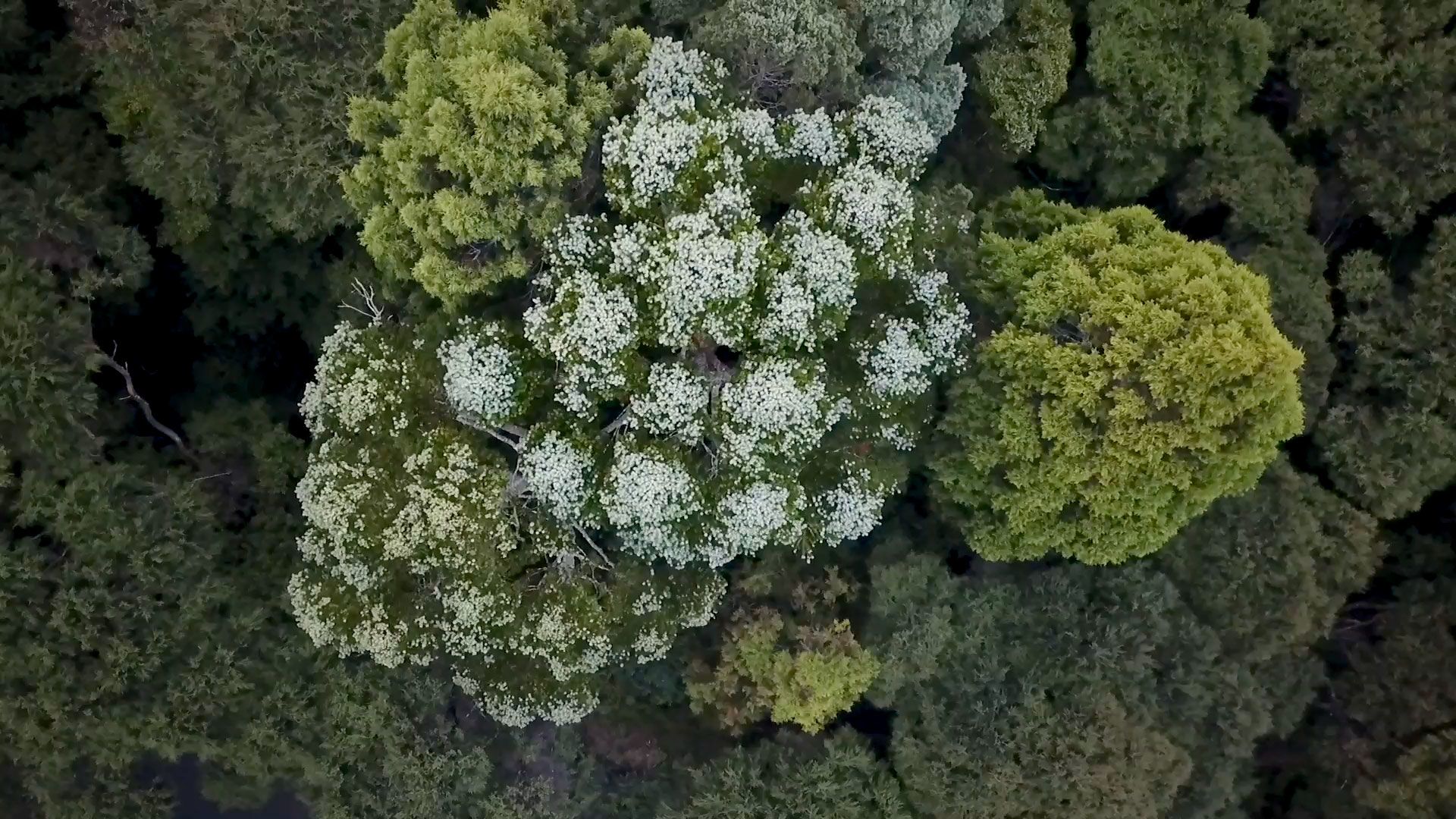
That’s the million dollar question (or, in this case, the billion tree question).
There is general agreement that New Zealand needs to plant both. The problem is that planting pines is easy and cheap, while planting natives can be difficult and expensive.
The One Billion Trees programme aims to fix this by subsidising the planting of native trees. It will stump up $4000 per hectare for those planting native trees (with an extra $2000 per hectare available if the planting relates to ecological restoration), with a more modest subsidy for those wanting to plant exotics, such as pinus radiata.

It’s important to note that the One Billion Trees programme will not result in planting one billion new trees. The Government estimates between half and three-quarters of the goal will be reached simply by foresters replanting their existing plantation forests following harvest.
While the programme needs to make sure those forests are replanted, its primary goal is to encourage new planting; it wants about two-thirds of those new trees to be native, a number likely to end up at around 125 million trees.
As of July 2019, around one-quarter of trees funded for planting so far have been natives, well short of the two-thirds target over the life of the grant programme.

How many trees do we need, and how do you encourage people to plant natives?

In its lengthy report on a low-emissions economy, the Productivity Commission concluded the amount of forested land would need to increase between 1.3m to 2.8m hectares by 2050 to reach net zero emissions.
This is a lot of land. It amounts to between five to 10 per cent of New Zealand’s total land area, and is an area around 10 times the size of Kaingaroa Forest, the biggest forest plantation in New Zealand and one of the largest in the world.
This would require planting between 44,000 and 90,000ha of new forest every year for the next three decades, a rate only achieved once, for a brief period in the mid-1990s. It’s a massive escalation of recent efforts: For much of the 2010s, New Zealand mostly gave up on planting trees.
The commission proposed a solution: Most of this land could come from marginal sheep and beef farms, which would benefit from native trees. This would have the dual benefit of taking methane-producing animals off the land and replacing them with CO2 absorbing trees.
Many farmers have already shown a willingness to increase the biodiversity on their land. Native bush helps with water quality and erosion, among other things.
In a lot of cases, you don’t even need to plant native forest - simply fencing off land and controlling weeds and pests can allow native bush to regenerate on its own.

Native forest regenerating on a hillside formerly used to grow pines.
Native forest regenerating on a hillside formerly used to grow pines.
It does, however, mean giving up land that could be economically used.
The commission said to make this sort of planting happen, the carbon price will need to go up. When the carbon price is high, allowing trees to grow on your land could become lucrative. Instead of farming animals, you would be farming carbon itself.
At the moment, the carbon price is around $20 per unit; this would need to go up to as much as $250 by 2050 to make the necessary amount of planting happen. Whether the government is willing to allow the price to go this high will be a factor in how much forest is planted.

What now?
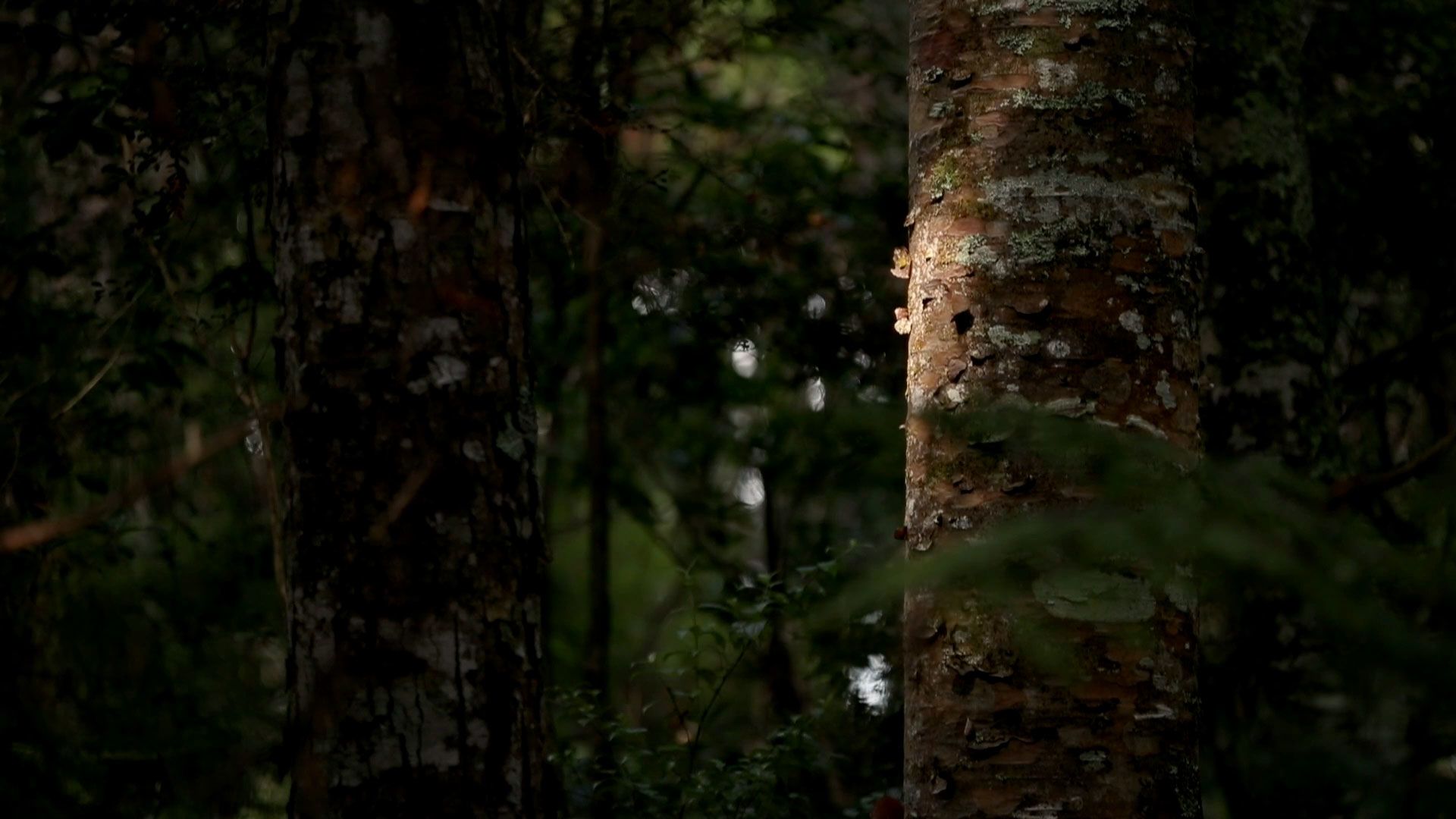
We desperately need trees, and that requires planting them. But it comes with risks.
Some rural groups have raised concerns about the impact of forestry on rural communities.
If farms become forests, it will change the fabric of the place; animal farming provides jobs, and circulates money through rural communities. Using the land to passively grow trees would change that.
On the flipside, not planting enough trees will mean New Zealand has to meet its climate change commitments by either rapidly decarbonising the economy, including the industries we most rely on, or buying international carbon credits to cover our shortfall, which by 2050 could cost many billions of dollars.
WORDS Charlie Mitchell
DESIGN AND LAYOUT Kathryn George
VISUAL JOURNALISTS Jason Dorday, Alden Williams and Ricky Wilson
EDITOR John Hartevelt












